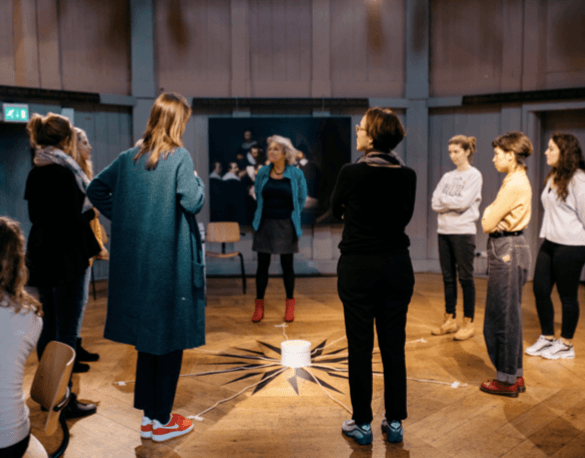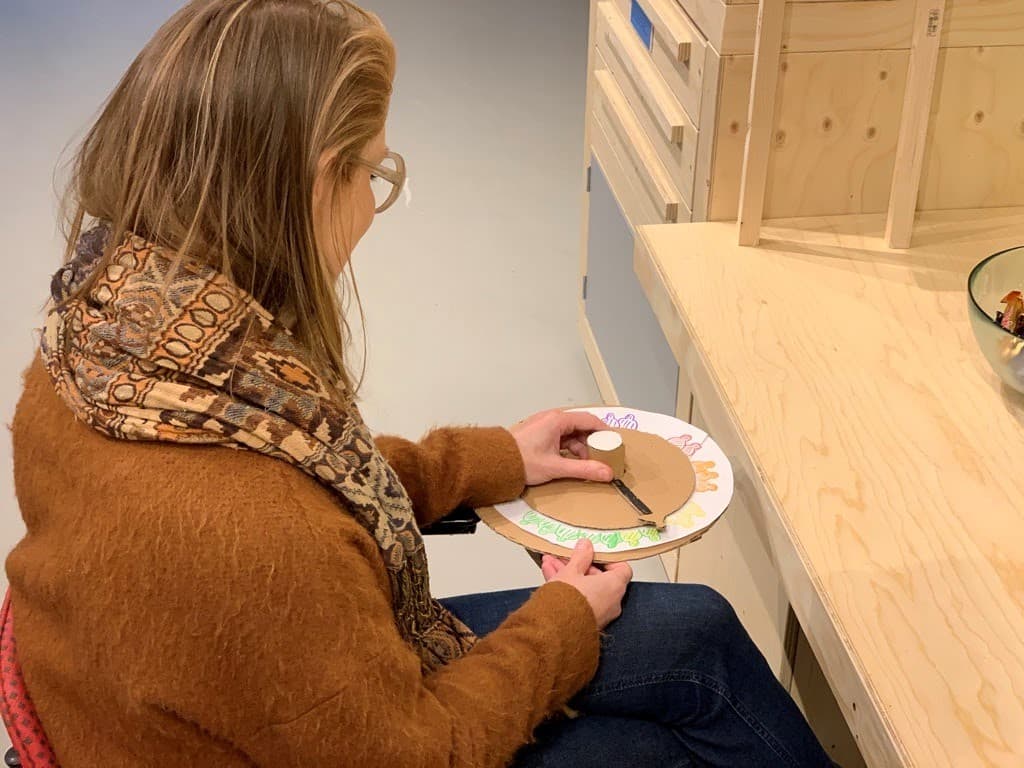We define the word heritage as the buildings, objects and traditions of the present, originating in the past, which we want to preserve for the future. Often, the heritage label is invoked by a museum curator or other “expert”. There are also voices that say that heritage is made, meaning that heritage arises from emotion and that we should all have a say in what it constitutes. From this perspective, heritage is created by the people who view certain significant objects, practices, ideas, buildings and places as part of their heritage. In the process of creating heritage, we see cases wherein certain items do not always evoke the same emotions in people, but instead cause heated discussions or become sources of concern. For many museums and archives, it can be challenging both to listen to all these different perspectives and to make these perspective visible in collections and presentations.
The concept of “emotion networks” developed by Hester Dibbits (Reinwardt Academy) and Marlous Willemsen (Imagine IC) is one way of making these divergent perspectives transparent. Emotion networking is both a concept and a methodology. It is a way of thinking and working to improve the understanding of heritage and the dynamics surrounding it. This is done by visualising the various positions people take with regard to a heritage item, and how those positions can change during conversations with each other. This provides a more layered approach to heritage. Therefore, emotion networking is also a verb: an activity in which participants become involved in the process of creating heritage through active conversation. Over the past few years, Reinwardt Academy and Imagine IC have organised many emotion networking sessions and the methodology is being further developed iteratively.
In the Digital Dynamic Documentation (DDD) project, Imagine IC and Waag are investigating how emotion networks can be used as a concept in combination with interactive technology. The goal is to allow visitors, as part of the exhibition, to reflect on, and possibly contribute to, the story of a collection so that these emotions, opinions and associations become more accessible. In this way, we hope to allow individual exhibition visitors to enter into a different, more active relationship with their heritage. The central question is whether or not we can create a dynamic “caption” in which the diverse and dynamic feelings, associations, opinions and interests around an object become transparent. Could we allow visitors to experience that objects never have a single, fixed meaning? The project translates the dynamic, social method that emotion networking is now—relevant to those present, but difficult to transfer to others—into a fixed presentation in the Imagine IC exhibition.
In this publication, we present the interactive installation developed, but we want to share our learning experience above all. We explored many different angles, concepts, and interaction mechanisms before making our decision. Of course, the decisions we made are not the only way to produce a layered, dynamic heritage presentation.
We investigated how different ways of presenting emotion networks could add value to the visitor experience. How can layered perspectives influence the thinking and behaviour of visitors in
both an appealing and nuanced way? How do we ensure that the emotions expressed do not become overly dominant or “leading” during the visitor experience? And could we possibly capture how visitors’ emotions change under the influence of the installation and make such changes visible?
The need to increase understanding of everyday heritage interactions—among both heritage professionals and individual visitors—can be seen in the context of contemporary identity politics and polarisation, and their effects on our social fabric. While the professional heritage field often works with static ideas about communities, an approach that is sensitive to the dynamic, relational character of culture is also valuable. Additionally, we believe that today’s society would benefit greatly from becoming more “heritage literate” —that is, sensitive to the interplay between the interests and emotions surrounding heritage. Insight into the heritage formation process enables people to see that heritage—including the heritage they experience as “theirs”—is not something to to be taken for granted. Inviting people to use their empathy and imagination and to adopt a critical attitude towards heritage is important. Cultivating an awareness of the various social dynamics that play a role within groups, and of one’s own position within them, also plays a role in this.
Read the publication
This project is supported by the AFK (Amsterdam Fund for the Arts).

